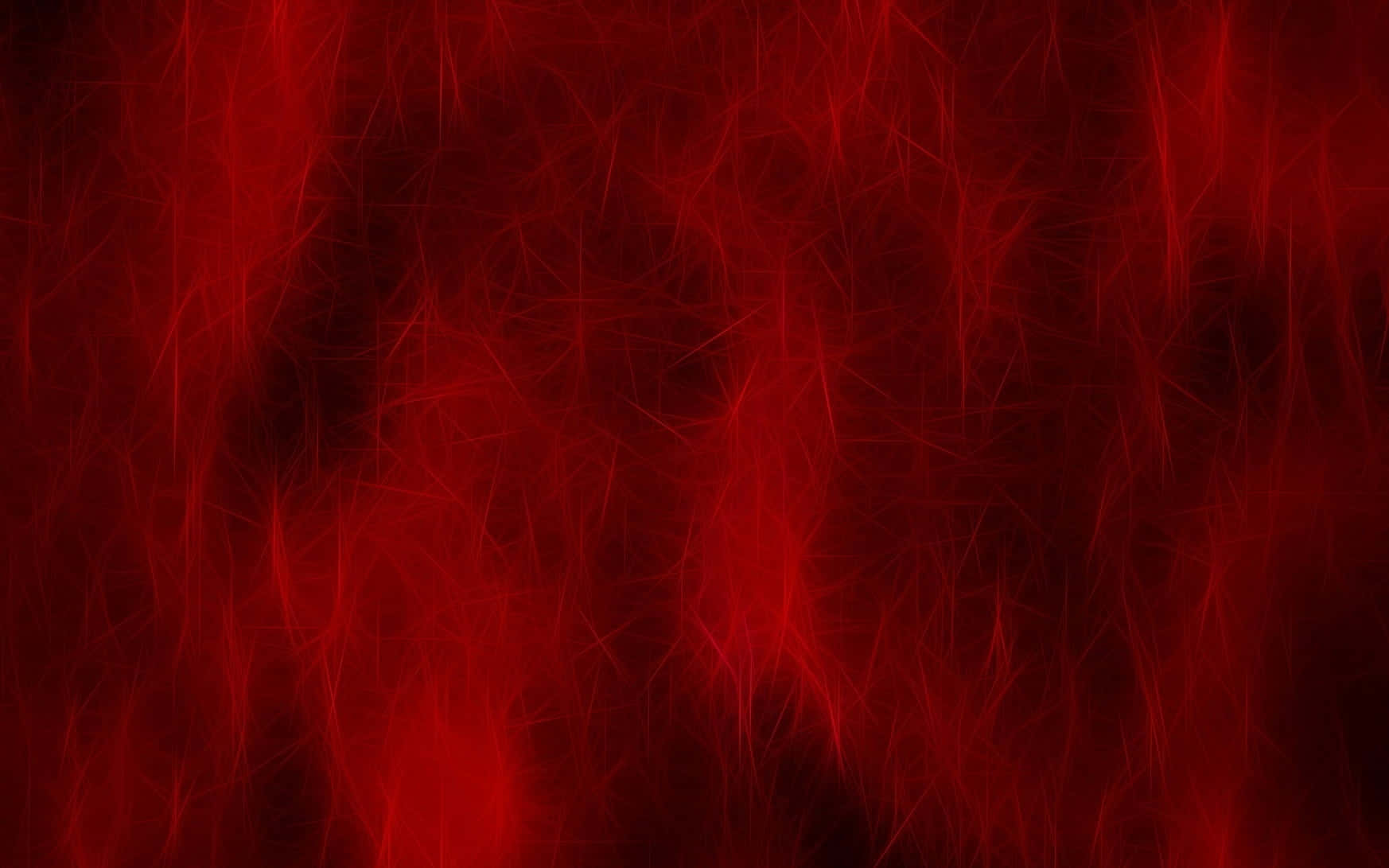Have you ever wondered what magic happens when red and purple come together? It's a common question for artists, designers, and anyone simply curious about colors. These two shades, which might seem very different at first glance, actually share a surprising connection, and their combination can yield truly captivating results.
Red, you see, often feels warm and full of energy. Purple, on the other hand, is generally seen as cool and calming. Yet, they have a lot more in common than you might think, especially when we talk about how colors mix and what they represent, that is quite interesting.
If you are experimenting with what color red and purple make, or just want to learn more, this easy guide will help you. We will look at mixing them in paint, how light works, and what these combined colors mean. So, let’s get started, shall we, and explore this colorful question.
Table of Contents
- The Basics: What Colors Are Red and Purple?
- So, What Color Do Red and Purple Make?
- Understanding Color Theory for Better Blending
- Practical Tips for Your Arts and Crafts
- Symbolism and Feeling: What Red and Purple Together Represent
- Frequently Asked Questions About Red and Purple Mixing
The Basics: What Colors Are Red and Purple?
Before we mix them, it is good to know a bit about red and purple on their own. Each color has its own special place in the color world, and they play different roles in how we create other colors, you know.
Red: The Energetic Primary
Red, you see, is one of the primary colors. This means it is a pure color, truly.
It cannot, in any way, be created by mixing other colors together. Red is just there, as a foundational shade, you might say.
Red is often linked with warmth and a lot of energy. It can feel very strong and bold, you know, quite vibrant.
Purple: The Mystical Secondary
Purple, on the other hand, is usually thought of as a secondary color. It is, in fact, formed by combining two primary colors.
Specifically, you get purple when you mix blue and red together. This combination is pretty straightforward, actually.
Purple has a cool and calming feel to it. It often brings to mind ideas of mystery, nobility, and even luxury. It can also represent spirituality and creativity, which is quite interesting.
So, What Color Do Red and Purple Make?
This is the big question, isn't it? When you bring these two colors together, the results can be quite beautiful. The exact shade you get depends on a few things, like how much of each color you use, you know, the ratios.
Mixing in Paint: The Subtractive Method
When you mix red and purple in paint, you are working with what is called the subtractive color method. This is how pigments behave, you see.
In this method, the colors absorb certain light wavelengths and reflect others. The color you see is the light that is reflected, you know, what is left over.
When mixing red and purple, you can get a color like maroon. Maroon is a deep, rich shade, often with a brownish-red or purplish-red look, that is quite distinct.
Understanding the colors and pigments involved in this mixing can help you create new shades and tones. It is all about how those pigments interact, you see.
Shades and Tones: Playing with Ratios
Red and purple, when combined, make a cool tone. The exact shade you get can vary quite a lot, depending on the ratios you use, you know, how much of each color you put in.
For example, if you add more red to purple, you might get a deeper, warmer version of the resulting color. It will lean more towards the red side, naturally.
If you use more purple, the resulting color will be cooler and perhaps more subdued. It is all about finding that balance you want, pretty much.
The resulting color can range from a deep burgundy, which is a very rich and dark red-purple, to a soft lilac or even a lavender shade. This depends heavily on the amount of each color you add, you know, the exact quantities.
Beyond Maroon: Lilacs, Lavenders, and Burgandies
While maroon is a common answer for what red and purple make, it is not the only one. The spectrum of possibilities is actually wider, you know.
With more red, you tend to get those deeper, richer shades like burgundy. These colors have a strong, luxurious feel to them, often.
If you lean more towards purple, especially a lighter purple, adding a touch of red can create softer hues. Think about delicate lilacs or gentle lavender shades, that is quite different.
It is about how much red and how much purple you use. The balance truly changes everything, and you can get any of those colors you desire, really.
Understanding Color Theory for Better Blending
To really get good at mixing colors, it helps to know a bit about color theory. This is the science and art of how colors work together, you know, it is quite fascinating.
The Color Wheel and Your Mixing Adventures
The color wheel is a very useful tool for understanding color relationships. It shows primary, secondary, and tertiary colors in a circle, you see.
Learning how to create purple by mixing red and blue is a basic step. From there, you can explore other colors by mixing primary, secondary, and even tertiary colors together, you know, it is a process of discovery.
The color wheel helps you predict what colors will result from mixing. It is a visual guide, basically, for your mixing adventures.
Find out about the color wheel, color theory, and tips for achieving the desired result. This knowledge really makes a difference, that is for sure.
Why Subtractive Mixing Matters
The science behind color mixing often involves understanding the concept of subtractive color. This is especially true for paints and pigments, you know.
When you mix paints, you are subtracting light. Each pigment absorbs certain colors of light, and the color you see is what is left over, that is just how it works.
This is why mixing red and purple pigments results in a darker, richer color rather than a brighter one. The more pigments you mix, the more light is absorbed, you see.
Knowing this helps you control your mixes better. It is about working with the natural properties of the colors themselves, really.
Practical Tips for Your Arts and Crafts
Now that you know what color red and purple make, let us talk about how to actually do it. Mixing colors can be a bit of an art in itself, you know.
Starting Small for Perfect Hues
When mixing red and purple with other colors, it is a good idea to start with a small amount. This helps you control the outcome, you know, quite precisely.
You can always add more of a color, but it is harder to take it away once it is mixed. So, a little bit at a time is the way to go, generally.
This approach allows you to gradually adjust the shade until you get exactly what you want. It is about building up the color, basically.
Experimenting with Different Mediums
The way red and purple mix can vary slightly depending on the medium you are using. Paint, light, or even dyes will behave a little differently, you know.
For example, in digital art, mixing colors can be additive, where light colors combine to make brighter ones. But for paint, it is subtractive, as we discussed, naturally.
Try mixing these colors in different art forms. You might find unique effects in watercolors compared to acrylics, for instance, that is quite possible.
Learn about purple color mixing, different shades, ratios, and practical tips for creating perfect purple tones in art and design. This knowledge is really helpful, honestly.
Symbolism and Feeling: What Red and Purple Together Represent
Beyond just the physical mixing, red and purple together create an intriguing combination of meanings. Both colors carry strong symbolism on their own, you know.
Red, as we talked about, is often linked to passion, energy, and strength. It is a very active and bold color, typically.
Purple, meanwhile, represents things like mystery, royalty, and creativity. It has a calming yet deep quality, you know, quite profound.
When these two come together, they can symbolize a blend of passion and wisdom, or energy and luxury. It is a powerful combination, in a way, that evokes a lot of feeling.
They are two beautiful colors, and this is only more the case when used together. They truly complement each other, you know, quite well.
Frequently Asked Questions About Red and Purple Mixing
What color does red and purple make in paint?
When you mix red and purple in paint, which is a subtractive process, you usually get shades like maroon or burgundy. The exact shade depends on the ratio of red to purple you use, you know, how much of each.
Is purple a primary color?
No, purple is not a primary color. It is traditionally considered a secondary color. Purple is formed by combining two primary colors: blue and red, that is just how it works.
Can I get different shades of purple by mixing red and blue?
Absolutely! You can get many different shades of purple by mixing red and blue in distinct ratios. For example, more red will give you a warmer purple, while more blue will give you a cooler one, that is quite simple.
You set out to answer the question of what color does red and purple make when mixed. We have explored how red and purple combine to create beautiful shades like maroon, burgundy, lilac, and lavender. Understanding color theory and practicing mixing with different ratios can help you achieve your desired hues, you know.
Learning what color red and purple make when mixed in paint, light, and meaning, truly opens up a world of possibilities. To learn more about color mixing basics, you can find additional guides on our site. Discover what color red and blue make, and delve into the nuances of purple color mixing, different shades, ratios, and practical tips for creating perfect purple tones in art and design, too it's almost endless.
For more detailed information on color theory and how colors interact, you might find resources on art education sites very helpful, such as those found on reputable art supply websites. Learning about the color wheel, color theory, and tips for achieving the desired result is a great next step, you know, it really helps.
Red and purple might seem like vastly different colors, as red is warm and energetic while purple is cool and calming. However, they have a lot in common. Do you want to learn more about combining red and purple? Then, continue reading to get all of the information for the question, “what color does purple and red make?” and explore this fascinating topic further, that is quite interesting.



Detail Author:
- Name : Justen Block
- Username : morgan33
- Email : lea15@hotmail.com
- Birthdate : 1980-04-14
- Address : 118 Ledner Tunnel South Gaylemouth, MS 34536-0939
- Phone : +1-440-450-7096
- Company : Kessler-Bernhard
- Job : Precision Printing Worker
- Bio : Consequatur sed maiores saepe quo pariatur. Exercitationem a impedit saepe quia ratione similique deserunt expedita.
Socials
instagram:
- url : https://instagram.com/ulices_xx
- username : ulices_xx
- bio : Consequatur fugiat nulla blanditiis et. Autem est animi odio. Similique sit dolore porro aut et.
- followers : 3539
- following : 993
facebook:
- url : https://facebook.com/schimmel1980
- username : schimmel1980
- bio : Laborum nemo ab id consequuntur placeat accusamus quos accusantium.
- followers : 6582
- following : 2991